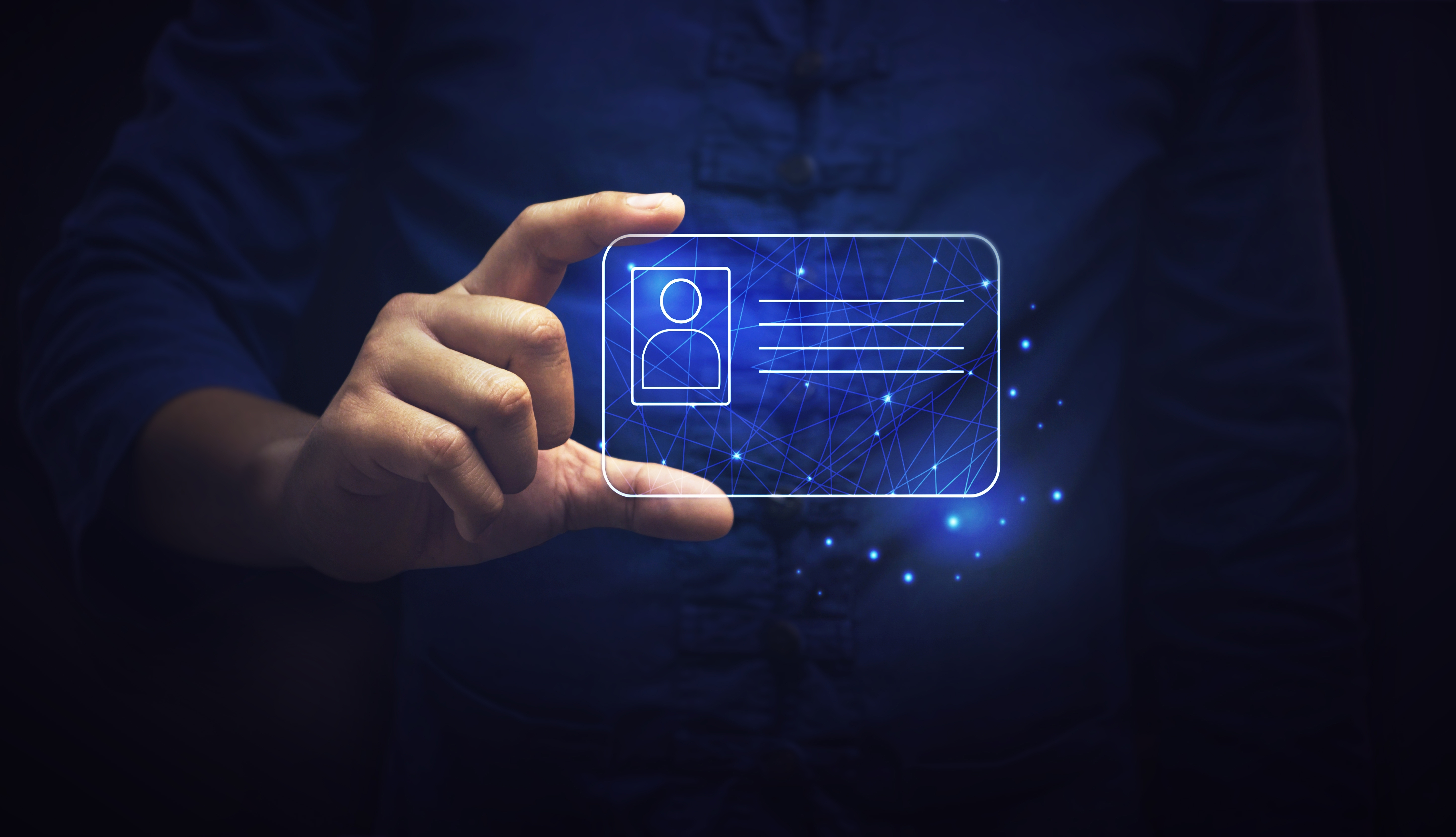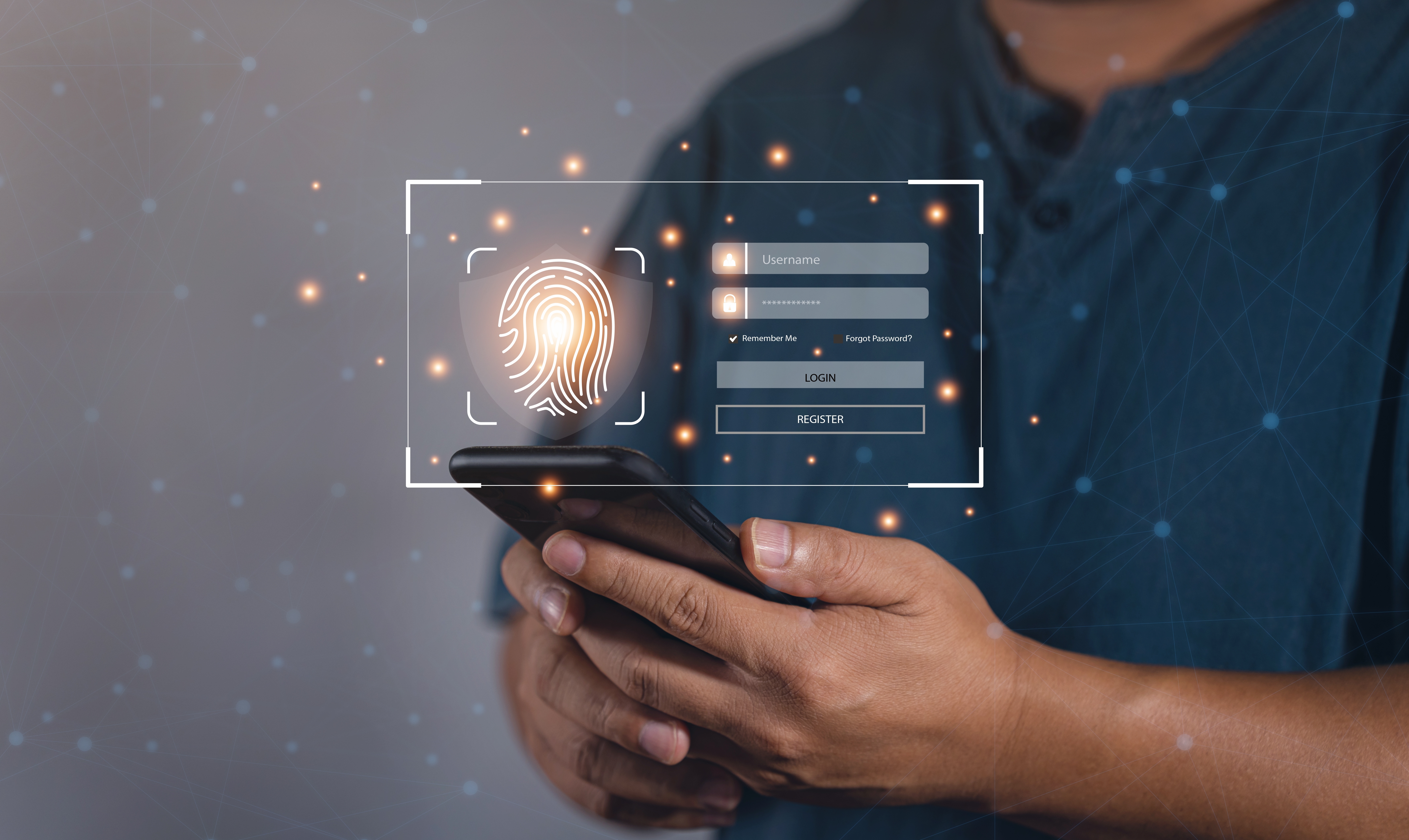In 2022, the losses resulting from illegal and fraudulent activities involving payment cards amounted to $481 million. This represents a 46% increase compared to the previous year. Shockingly, 86% of fraudulent operations with payment cards occurred within the realm of the internet. These statistics have been reported by the National Bank of the country. The regulatory body also highlights the proliferation of a new phenomenon known as "digital identity theft", which encompasses a broader scope than card-related fraud. In this article, we will explore what this means and how all residents can safeguard themselves from digital identity theft.
What Is Digital Identity?
Digital identity refers to the digital representation of an individual on the internet. It encompasses a wide range of information, including personal identifiers, biometric data, and authentication methods. In today's digital ecosystem, people rely on digital identities to access services, conduct transactions, and interact securely online.
In simple terms, digital identity comprises all the data about a person and how they manifest themselves in the digital realm. This includes not only social media accounts but also personal data, passwords, logins, internet search history, and purchase history, among other elements.
Digital identity theft occurs through the exploitation of stolen accounts and access credentials. Hence, it's vital not to disregard the principles of digital hygiene and cybersecurity. Generally, fraudsters employ two types of personal data theft:
- Phishing via Email: Scammers send emails to their victims, often using the logos of governmental agencies or companies, and request personal information (such as usernames, passwords, or banking details). This information is later used to access the victims' accounts and conduct operations on their behalf, such as money transfers, credit applications, or subscriptions.
- Fake Social Media Profiles: In this scenario, online fraudsters pose as someone else. This could be a relative of the victim or a stranger who suddenly initiates contact. Subsequently, the fraudster requests money from the victim for various fictitious reasons, such as unlocking a phone number or purchasing a train ticket.
In wartime, scammers may also use attacks on the digital identity of Ukrainians to spread disinformation.
How to Protect Your Digital Identity?
First and foremost, adhering to well-known guidelines for safe internet usage is imperative:
- Regularly update security software.
- Use strong, unique passwords.
- Avoid downloading suspicious software and refrain from clicking on dubious links.
- Be cautious about sharing confidential information on social media and in online chats. Restrict access to your social media posts for strangers.
- Minimize the use of public Wi-Fi networks.
The regulatory body also emphasizes the need to focus on enhancing personal data protection regulations in the near future within Ukraine.


